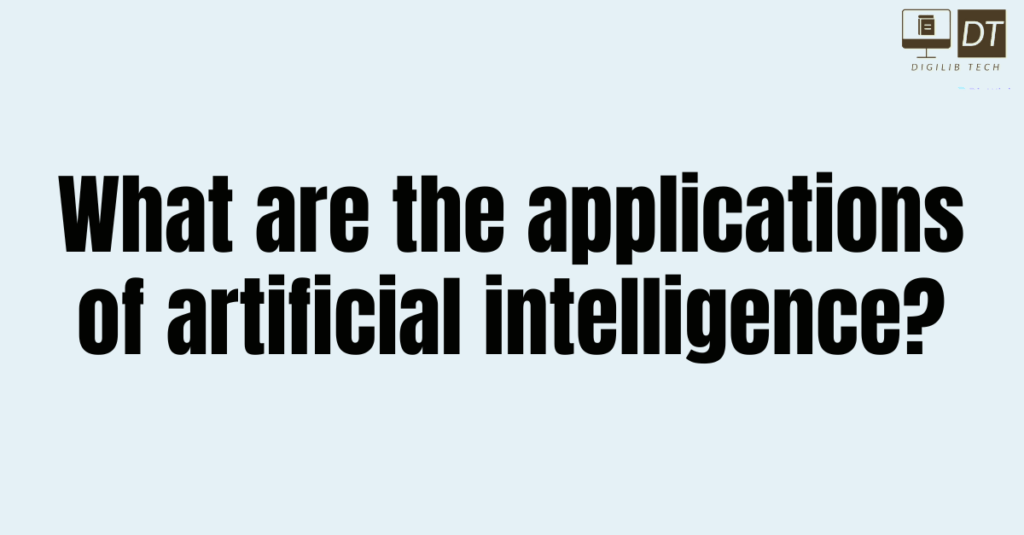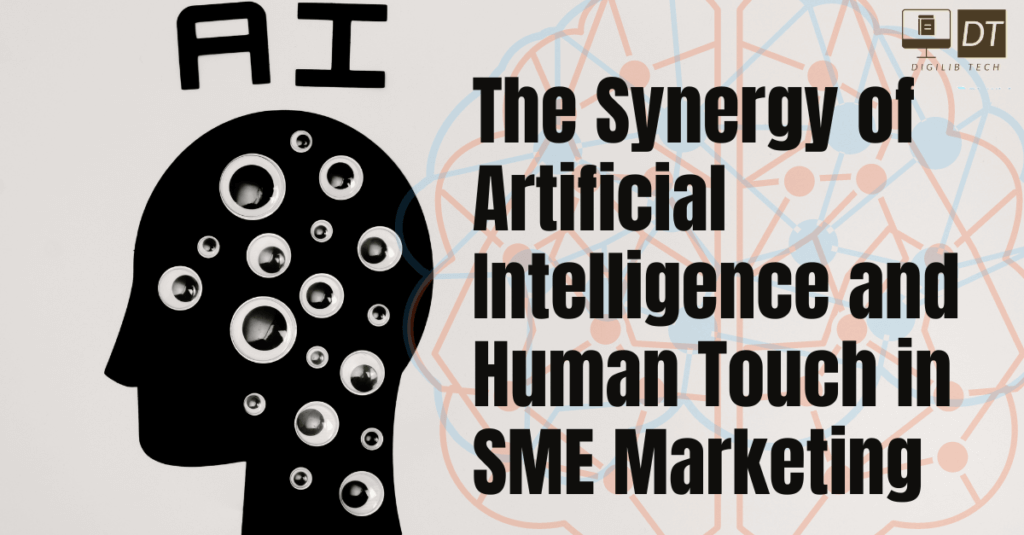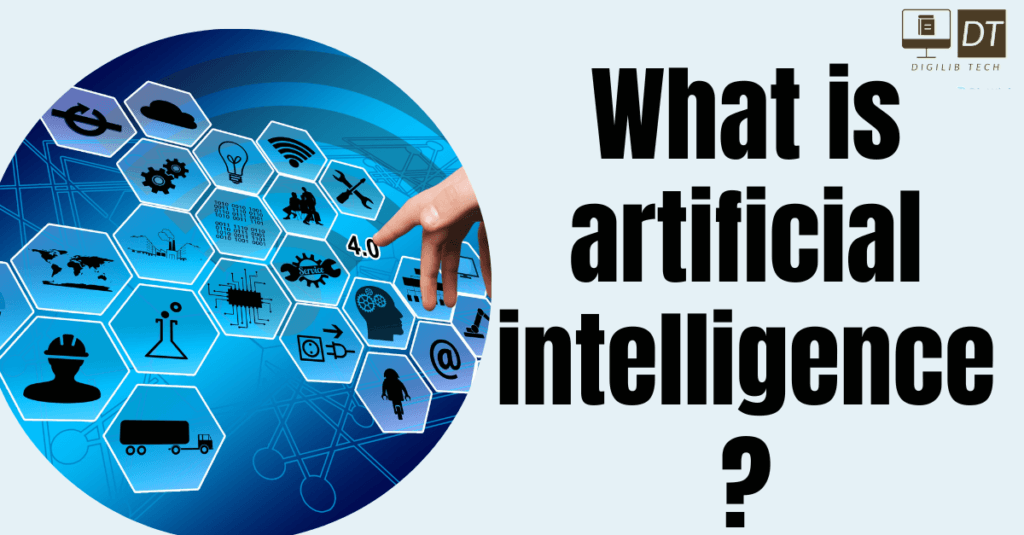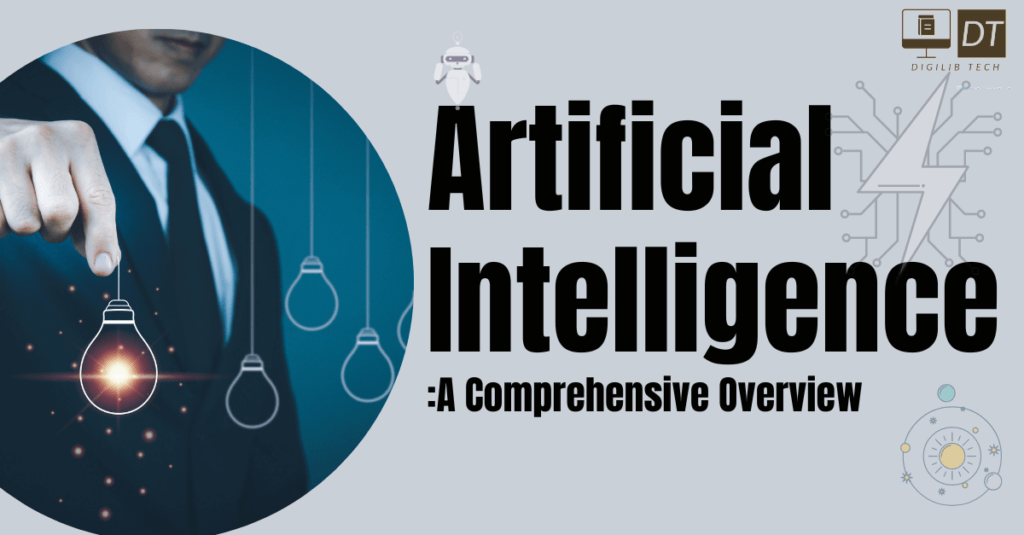What is artificial intelligence (AI)?
Artificial intelligence (AI) refers to the emulation of human intelligence processes using computer systems and machines. AI encompasses a broad spectrum of applications, which include expert systems, natural language processing, speech recognition, and machine vision. It essentially involves creating computer programs and systems that can perform tasks and make decisions that typically require human intelligence. AI has evolved significantly and has found diverse applications across various industries, revolutionizing how we interact with technology and data.

What are the applications of artificial intelligence?
AI technology has made significant strides and is integrated into various applications across different domains. Here are seven examples of AI technology and how it is currently used:
Automation:
AI is driving automation across industries. Robotic Process Automation (RPA) is a prime example, automating repetitive, rule-based data processing tasks. When coupled with machine learning, RPA can adapt to process changes and intelligently handle more complex tasks.
Machine Learning:
Machine learning enables computers to make predictions and decisions without explicit programming. Deep learning, a subset of machine learning, automates predictive analytics.
There are three main types:
Supervised learning: Uses labeled datasets to identify patterns and make predictions.
Unsupervised learning: Sorts data without labels based on similarities or differences.
Reinforcement learning: Learns through trial and error, receiving feedback after taking actions.
Machine Vision:
Machine vision grants machines the ability to “see” and interpret visual information using cameras, digital signal processing, and more. Applications range from signature recognition to medical image analysis, and it can extend beyond human capabilities, such as seeing through walls.
Natural Language Processing (NLP):
NLP allows computers to understand and interact with human language. Spam detection, sentiment analysis, and speech recognition are some well-known applications. NLP relies heavily on machine learning and is used in tasks like translation and chatbots.
Robotics:
Robotics is the engineering field dedicated to designing and building robots. Robots are used in tasks that are challenging for humans or require consistency. Examples include robotic assembly lines in manufacturing and robots used in space exploration by organizations like NASA. Machine learning is used to create robots capable of social interaction.
Self-Driving Cars:
Autonomous vehicles leverage AI technologies like computer vision, image recognition, and deep learning. They can navigate roads, stay within lanes, and avoid obstacles, including pedestrians. Self-driving cars are a prime example of AI applied to the transportation industry.
Text, Image, and Audio Generation: Generative AI techniques are used to create content across various media types. These techniques can produce photorealistic art, generate email responses, or even create screenplays based on text prompts. This technology is being employed extensively across businesses to generate a wide range of content.
More:
What is artificial intelligence (AI)?
How Artificial Intelligence Functions?
What is Differences Between AI, Machine Learning, and Deep Learning?
What are the Advantages of Artificial Intelligence ?
What are the Disadvantages of Artificial Intelligence ?









